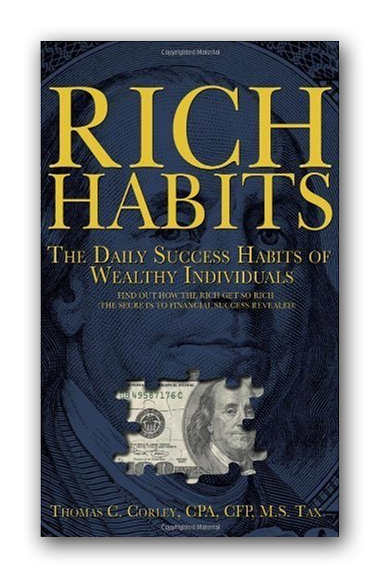
Asking for what you want or need is a Rich Habit.
Ask for help, ask for favors, ask for support for your initiatives.
If you don’t ask you won’t get.
Fear, unfortunately, holds most back from asking.
Fear of rejection, fear of being indebted or obligated to someone because they gave you some help, fear associated with deepening a relationship.
Self-made millionaires are successful for many reasons. One reason is they overcome their fears.
If you get turned down or ignored, do what my friend Mark Victor Hansen suggests – say “next” and move on to the next person.
In time, you will get a “yes” and this helps build confidence. Through repetition, asking becomes just another Rich Habit.
Start small. Ask for little things at first. Build up an immunity to rejection around things that don’t matter too much. After some time, you’ll lose your timidity and will start asking for bigger things. You will get many no’s but you will be surprised by how many are willing to give you what you want or need.







